Japanese American for Korean Gendarme
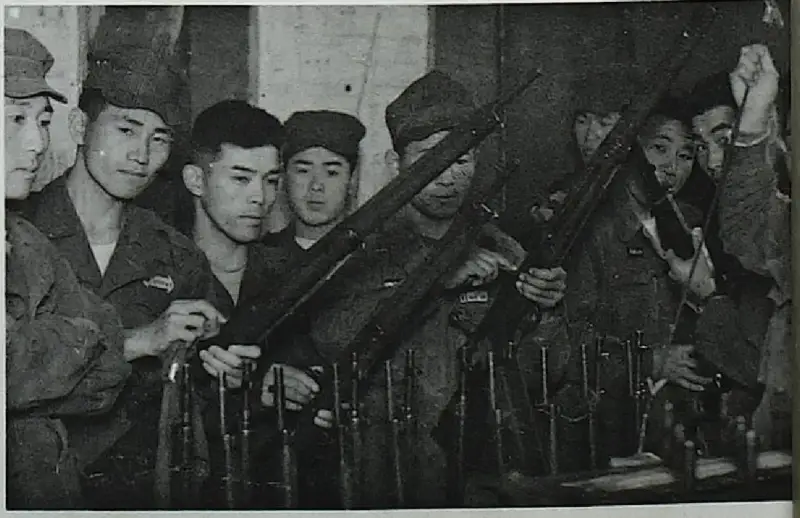
Weapons training for future sergeants of the Japanese Self-Defense Forces, 1955. All the rifles in the frame are Arisaka Type 99 chambered for American cartridges.
This was often facilitated by the large number of local conflicts that arose from the ashes of the fire of World War II. In some places, it took time for a new confrontation to arise; in others, new conflicts became a direct continuation of the world war here.
Perhaps the Japanese stands apart here weapon.
In Japan itself, in 1945, the Americans began rapid demilitarization. At the same time, on the outskirts of the once huge Japanese Empire, old weapons were not only not disposed of, but often, on the contrary, they were collected and almost immediately put into use. This happened in Vietnam, Indonesia, Malaysia and many other places. Moreover, Japanese weapons often entered battle in the hands of their old owners, Japanese soldiers who took one of the sides in new conflicts. But this is completely different story.
In fact, historically, starting from the 20th century, Japanese weapons were widespread, thanks to the outbreak of the First World War. We are talking about Japanese rifles and carbines of the Arisaka system. Many participating countries entered the conflict with a clear lack of weapons.
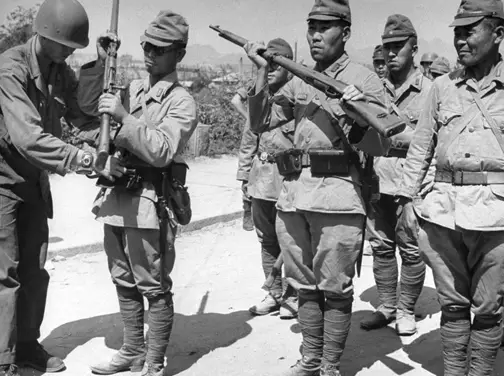
Surrender of Japanese troops in Korea in 1945. Pretty soon these same rifles will continue to fight there.
This resulted in the purchase of Japanese rifles by Great Britain and the Russian Empire. The active expansion and expansion of the Japanese Empire that began in the 1930s and the subsequent outbreak of World War II led to the fact that Japanese weapons ended up in all corners of Asia, sometimes even the most remote.
With the end of World War II, the victors received the weapons reserves of the Japanese Imperial Army. Despite the fact that a huge number of weapons were simply disposed of, a large number of rifles remained in American hands.
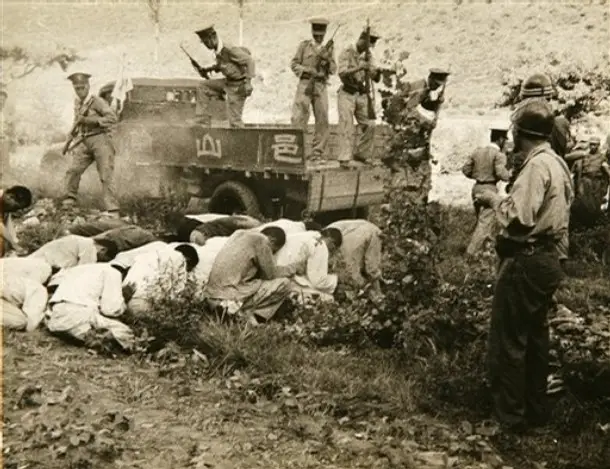
In 1950, against the backdrop of the rapid advance of North Korean troops, communists held in South Korean prisons... were simply killed so that they would not be released. And now South Korean police will carry out a mass execution. Some are armed with Japanese rifles.
The conflict on the Korean Peninsula, which began in 1950, quickly acquired a scale for which the American military was frankly not prepared. The material losses were such that they were literally looking for weapons and equipment in garbage dumps. And this is not a turn of phrase; in 1950, one M4A3E8 tank was found faulty on the outskirts of a training ground near Tokyo, repaired and sent to warring Korea.
In 1951, although in general the crisis for the UN forces was overcome, the troops were no longer in danger of defeat, and the danger of being thrown into the sea had passed, but there were still problems with supplies. This concerned primarily the young South Korean armed forces.
If they tried to equip linear infantry units at least approximately on a level with American units (with the same weapon systems), then second-echelon or outright rear units could be armed with something not standard for the Americans. But at the same time, I would like not to have problems with the supply of ammunition. And in the rear, weapons were needed, red partisans in the rear of UN troops were not something rare, and the “democratic” regime in the south of the country at that time rested, frankly, on brute force and bayonets (just remember the mass executions of communists).
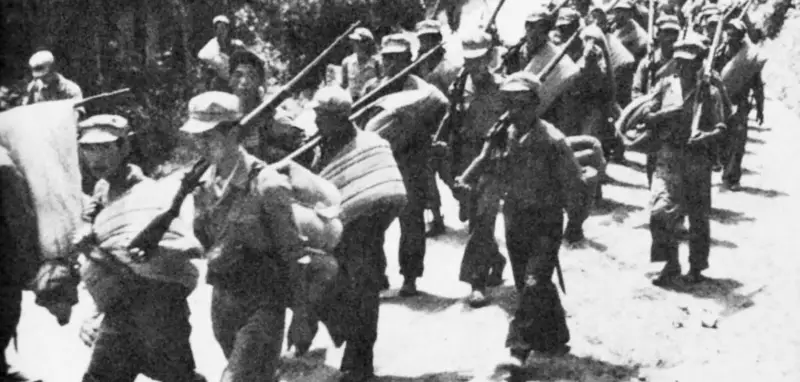
A newly mobilized South Korean unit on the march, 1950. All soldiers are armed with Japanese rifles.
And a solution was found.
The Americans decided to use stocks of Arisaka Type 99 rifles remaining in warehouses in Japan. At the same time, they were supposed to be re-barreled for American rifle ammunition 7,62x63 mm (.30-06 Springfield). Japanese rifles were already actively used by the South Korean armed forces, there were enough fighters familiar with this equipment, and American ammunition eliminated supply problems.
Initially, it was planned to convert 100 rifles in this way; primarily the South Korean police should have been armed with them.
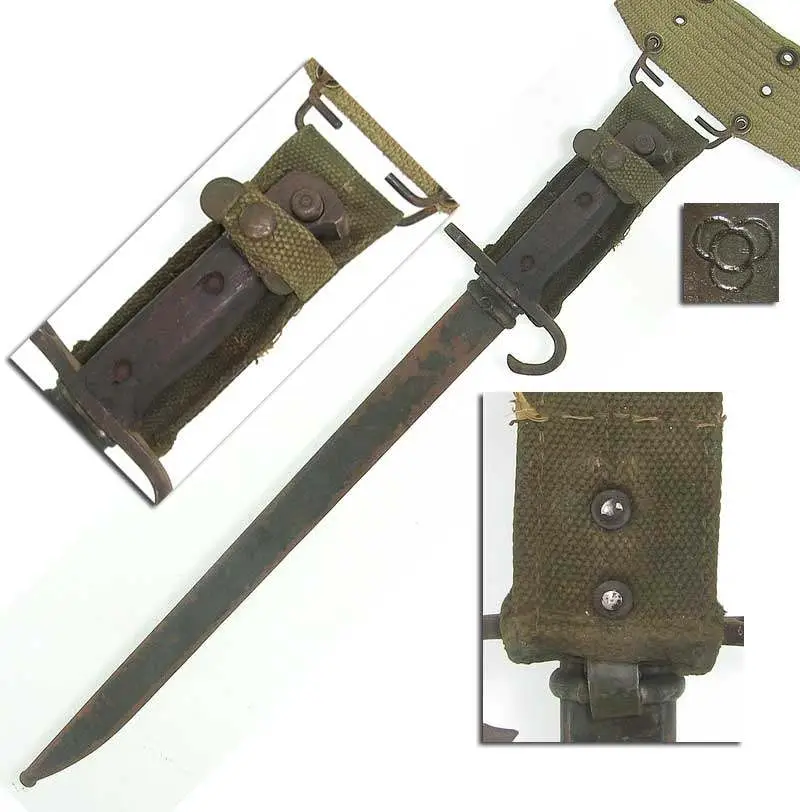
The rifle, of course, needs a bayonet. Japanese Type 30 bayonet with suspension for use with American equipment. In fact, such modifications appeared even before the idea of re-barreling Type 99 rifles and were used in both Japan and Korea.
But while the trial was in progress, the conflict moved into the stage of positional battles for positions on the hills, and soon the truce of 1953 arrived. The conversion of all 100 rifles was never completed.
Some of the rifles never reached Korea, remaining in Japan, where they served in training units for a long time. After the end of the Korean War and with the beginning of the rearmament of the Japanese Self-Defense Forces, some of the rifles were sent to US allies in Southeast Asia, for example to Thailand. It was quite possible to see these rifles there as training rifles a couple of years ago.
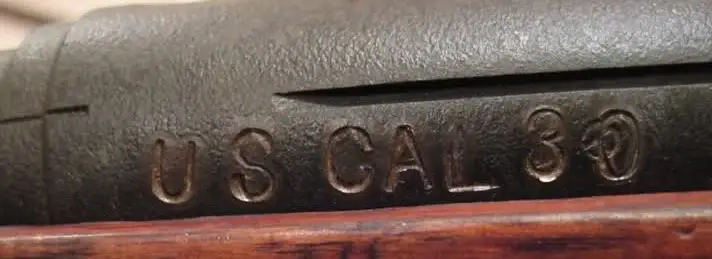
The receiver of a rifle with a mark indicating the American ammunition used. This rifle ended up on the American civilian arms market and was sold as a hunting rifle.
The project of using old Japanese rifles with a new cartridge turned out to be quite atypical for the American military. This was largely due to the logistics crisis that the Americans faced with the outbreak of the Korean War and which they largely created for themselves.
They will not repeat such a mistake again, and after 1953, entire factories will be deployed in Japan, the only task of which will be to restore and preserve military equipment that served in Korea.
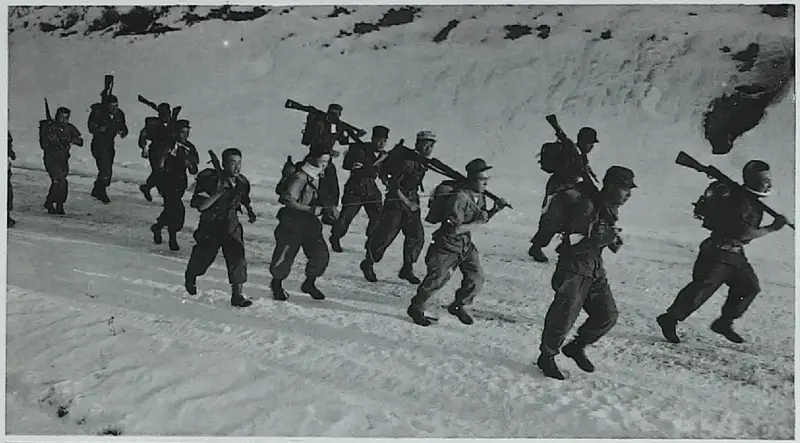
Forced march in training for future sergeants of the Japanese Self-Defense Forces, 1955. All fighters in the photo are armed with Arisaka Type 99 rifles chambered for American cartridges.
This, by the way, turned out to be far from the last modification of the Japanese rifle.
Probably the most recent can be considered the conversion of these rifles in China to the Soviet 7,62 mm cartridge of the 1943 model (7,62 × 39 mm). But more about this some other time.
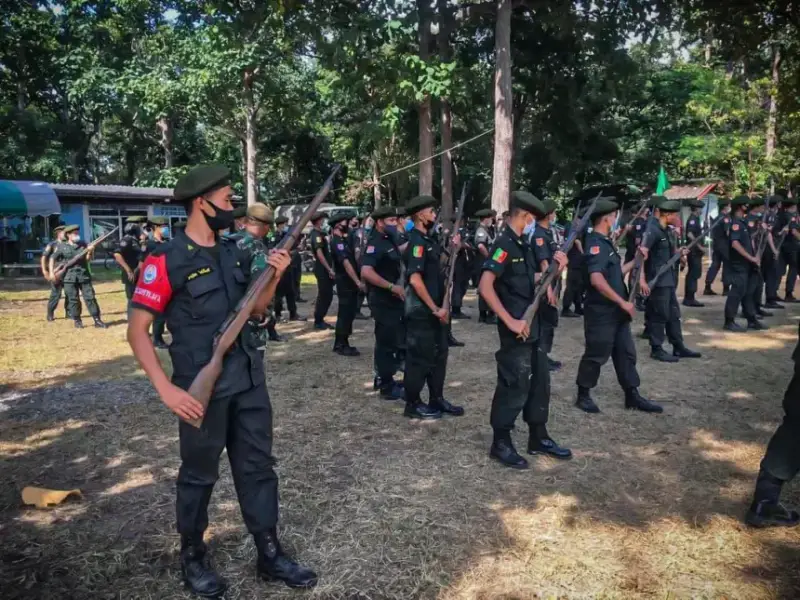
Arisaka rifles in Thailand in a training unit in 2021. The Thai armed forces had both rifles purchased from Japan before 1945, and those received from the United States after they were no longer needed in Korea.
Information